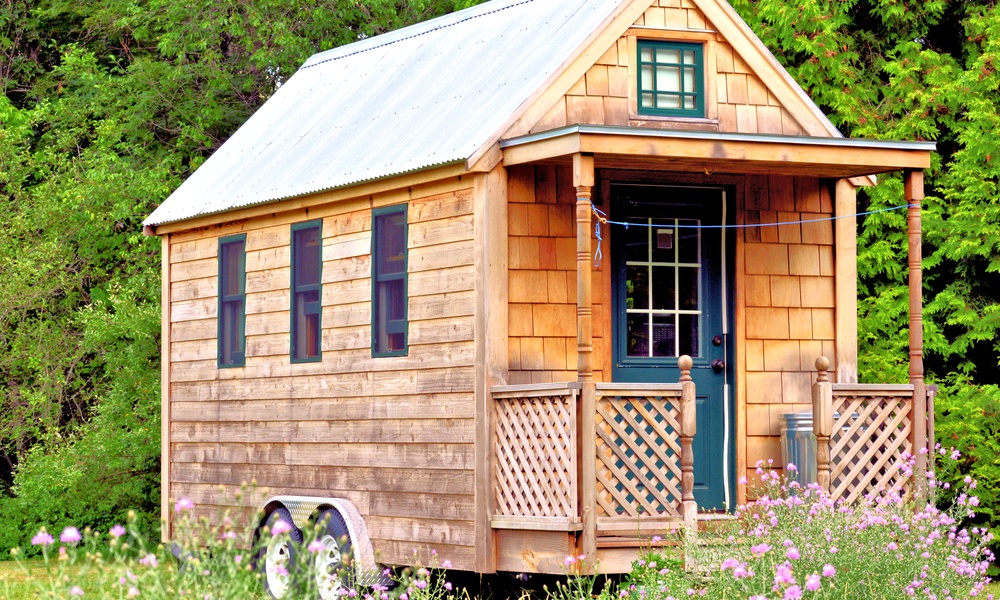
Tiny homes have captured the attention of countless individuals seeking a simpler, more intentional way of living. With their compact design and versatility, these homes offer an escape from clutter, a path to financial freedom, and an opportunity to live closer to nature. Before you fully commit to the tiny home lifestyle, there are a few key factors to keep in mind to ensure the transition is smooth and rewarding. Check out these things to consider when moving into a tiny home.
Space Management
One of the most important aspects of tiny home living is making efficient use of limited space. Every square inch matters, so creative solutions are essential. Multi-functional furniture, such as beds that fold into walls or tables that double as storage, can make a world of difference. Vertical storage is another game-changer, with shelves and hooks helping maximize the use of walls and ceilings. It’s also important to declutter; you’ll need to carefully assess which items are truly essential and learn to live with less. A well-organized, clutter-free space can help your tiny home feel more comfortable.
Lifestyle Adjustment
Transitioning to a tiny home often requires a significant shift in lifestyle. Adopting a minimalist mindset is crucial, as smaller living spaces mean fewer belongings and a greater emphasis on experiences rather than possessions. You may also need to tweak daily habits, as things like hosting large gatherings or cooking elaborate meals could be more challenging. For many, this lifestyle change is incredibly freeing, offering the opportunity to focus on what truly matters. However, it’s important to do some soul searching and make sure you’re ready to embrace this simpler way of life.
Legal and Zoning Regulations
Before you select the land for your tiny home and start designing or building, you need to familiarize yourself with local legal and zoning requirements. Many areas have specific regulations regarding where you can place a tiny home, whether on a plot of land, in a backyard, or within a tiny home community. Some areas also have requirements for water, electricity, and sewage connections. Researching these laws early in the process and obtaining any necessary permits will prevent legal hurdles down the line and help you find the perfect location for your home.
Financial Planning
Although tiny homes are often more affordable than traditional housing, there are still financial aspects to consider. You will need to factor in the upfront cost of the home, as well as expenses for land, utilities, and ongoing maintenance. Budgeting for customization and high-quality materials can also be important, as these elements will often maximize the longevity and functionality of your space. Many individuals turn to personal loans or creative financing options tailored specifically for tiny homes. Budgeting carefully will help you achieve the financial freedom that makes tiny home living so appealing.
Moving into a tiny home is a life-changing decision that requires thoughtful planning and preparation. With these things to consider when moving into a tiny home in mind, you can set yourself up for success.
